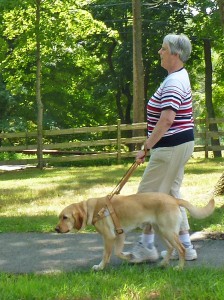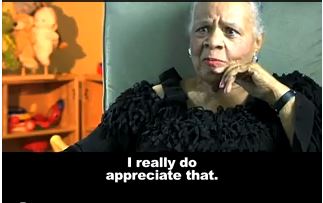How to hire a veteran, part two
Someone told me a story this summer about a large communications agency that claimed it wanted to hire veterans and had posted all of its job openings to HireHeroes.org, but then said that it wasn’t getting very many responses and those that were submitted weren’t qualified. This company decided there just must not be a lot of veterans with communications skills looking for jobs in the Washington, DC area.
Those excuses are a good example of the disconnect between military and civilians. Posting a job on HireHeroes.org is like posting to Monster.com. It’s a start, but it’s not nearly enough. Organizations need to make systemic changes, starting with getting out of their offices and into the field. Even if you don’t have any positions open immediately, isn’t it worth attending a HireHeroes career fair or a trade show like AUSA to meet the impressive men and women who are serving or have served this country? It will also give you the opportunity to learn how to look at skill sets, not just technical ability on paper.
Here’s another thought: hire a veteran as an HR recruiter. Greg Jaffe of The Washington Post wrote a poignant story about Oklahoma National Guard troops returning from Afghanistan and struggling to find work. Due to budget cutbacks, the National Guard soldier responsible for helping veterans find jobs was getting cut himself. Talk about the perfect candidate for an HR department seeking to increase its veteran staffers! Have you reached out to your local National Guard yet to seek out candidates?
JP Morgan made a major change in its organization, moving hiring of veterans out of diversity and into Human Resources. It then created an entire program devoted to recruitment and retention of veterans, focusing on quality of life. To make it “real,” the corporation put Tom Higgins, a former Coastie, in charge of the entire thing. Do you think JP Morgan Chase is meeting its veterans’ recruitment goals? You bet they are.
If you’re a recruiter or HR professional struggling to figure out how veterans fit into your organization, reach out to me via the Dixon Center for Military and Veterans Community Services web site. I’d be happy to give you some pointers and connect you to good resources — people who will work beyond a job board listing and will customize programs to help meet your needs.










